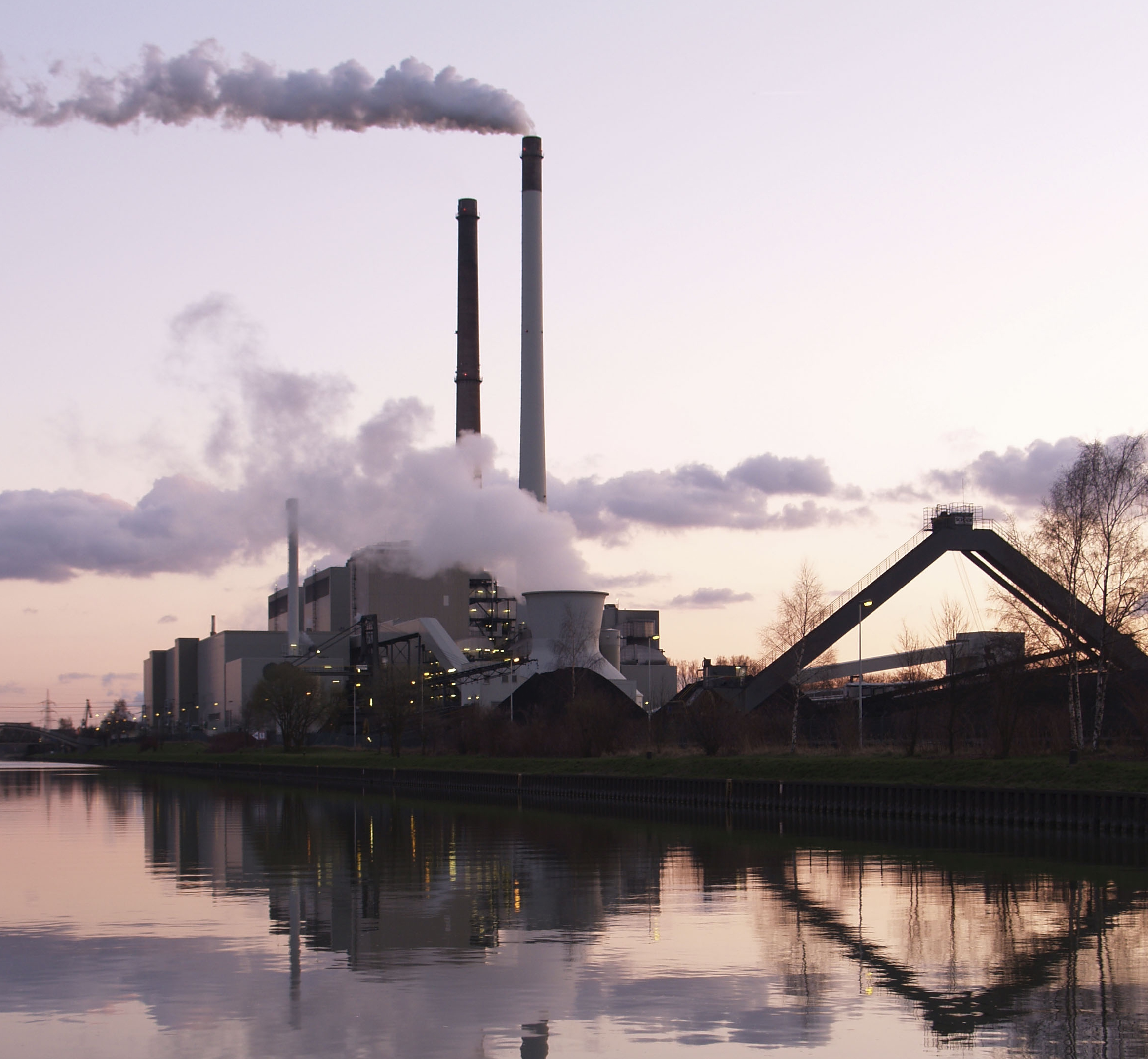lolwut.
"electricity" doesn't just happen.
Electric is only more _convenient_ - it is rarely more efficient. Certainly not as a heat source.
And of course, _nothing_ is 100% efficient, nor can it be.
I'd argue that a totally immersed electric heating element is more efficient than propane gas. With a immersed electric heating element like a water heater element, 100% of the applied energy transfers to your wurt. With a propane rig a lot of heat, I bet up to 40%, flows around your pot and is radiated off the bottom.
Sure, there are losses in production and delivery but this is true for everything. If you must chase energy back to its sources you need to consider the steps your propane must go through and their losses:
Processed from pertolium & liquified = efficiency loss (the energy cost of running the process)
Transported by truck to a large fill station = efficiency loss (last I checked trucks don't run on free energy)
Transfer losses from truck to fill station tank = efficiency loss (energy to pump propane into tank + gas blow-off losses from the tank & lines)
Transfer losses from the fill station tank to 30# tanks = efficiency loss (energy to run fill station + gas blow-off losses from tank to tank transfer)
Delivered to your local retail outlet by truck = efficiency loss (last I checked trucks don't run on free energy)
Bought and transferred by you to your house = efficiency loss (your car doesn't run for free either)
Compare electricity to natural gas and I agree with you 100%, but very few of us brew with natual gas.














































![Craft A Brew - Safale S-04 Dry Yeast - Fermentis - English Ale Dry Yeast - For English and American Ales and Hard Apple Ciders - Ingredients for Home Brewing - Beer Making Supplies - [1 Pack]](https://m.media-amazon.com/images/I/41fVGNh6JfL._SL500_.jpg)












